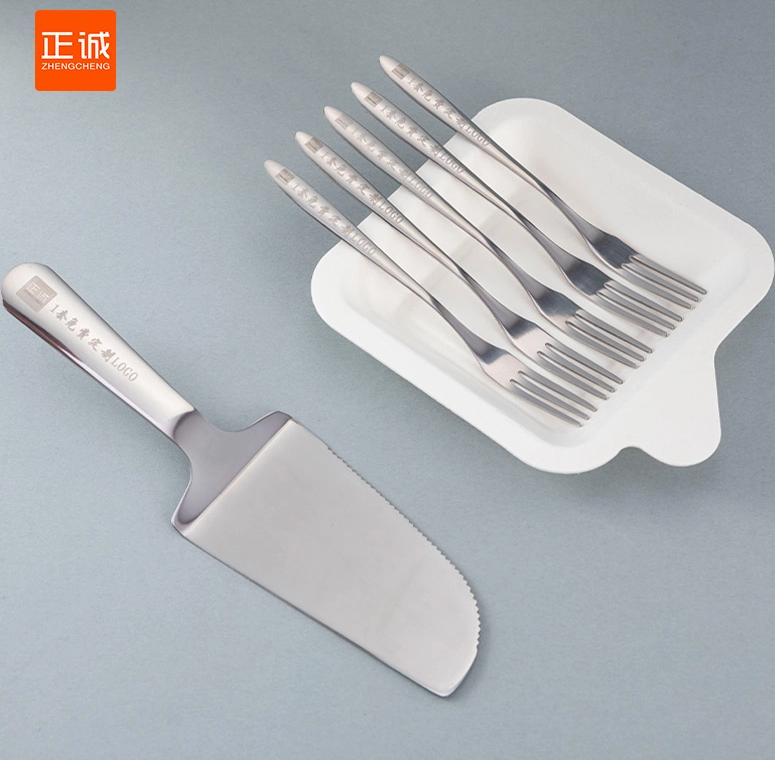Unveiling the Best Printers for Professional Drawings: A Comprehensive Guide for Artists and Designers
In the realm of professional drawing and design, the choice of printer can significantly impact the quality and precision of the final output. Whether you are an architect, graphic designer, or fine artist, selecting the right printer tailored to your specific needs is crucial for achieving exceptional results. This article delves into the various types of printers suitable for professional drawings, their features, and how to choose the best one for your creative endeavors.
Understanding the Types of Printers for Professional Drawings
When it comes to printing professional drawings, there are primarily three types of printers to consider: inkjet printers, laser printers, and large-format printers. Each type has its unique advantages and is suited for different applications.
- Inkjet Printers
Inkjet printers are widely favored in the art and design community due to their ability to produce high-quality color prints with intricate details. They utilize a series of nozzles to spray tiny droplets of ink onto paper, allowing for smooth gradients and vibrant colors.
Key Features:
- Color Accuracy: Many inkjet printers offer advanced color management systems that ensure precise color reproduction, which is essential for artists who require fidelity to their original works.
- Media Versatility: Inkjet printers can handle a variety of media, including fine art paper, canvas, and even specialty materials, making them ideal for artists who experiment with different textures.
- Print Size: While most inkjet printers can handle standard sizes, professional-grade models often accommodate larger formats, which is beneficial for detailed architectural drawings or large-scale illustrations.
- Laser Printers
Laser printers are known for their speed and efficiency, making them suitable for producing large volumes of prints quickly. They use a laser beam to transfer toner onto paper, resulting in sharp text and graphics.
Key Features:
- Cost-Effectiveness: For businesses that require frequent printing of technical drawings or blueprints, laser printers can be more economical in the long run due to lower cost per page.
- Durability: Prints produced by laser printers are generally more resistant to smudging and fading, which is advantageous for documents that need to withstand handling.
- Precision: While laser printers excel in text and line work, they may not match the color depth and detail of high-end inkjet printers for artistic prints.
- Large-Format Printers
For professionals who require oversized prints, large-format printers are the go-to solution. These printers can produce prints ranging from 24 inches to over 60 inches wide, making them ideal for posters, banners, and detailed architectural plans.
Key Features:
- High Resolution: Large-format printers often come equipped with advanced print heads and high-resolution capabilities, allowing for stunning detail and clarity in large-scale prints.
- Specialized Inks: Many large-format printers use pigment-based inks that provide excellent color longevity and resistance to environmental factors, ensuring that prints remain vibrant over time.
- Workflow Efficiency: These printers are designed for high-volume printing, which is essential for professionals who need to produce multiple copies of large drawings quickly.
Choosing the Right Printer for Your Needs
When selecting a printer for professional drawings, consider the following factors:
- Purpose of Printing: Determine whether you need the printer for fine art reproduction, technical drawings, or large-scale presentations. This will guide your choice between inkjet, laser, or large-format printers.
- Print Quality: Look for printers that offer high resolution and color accuracy. Check reviews and sample prints to assess the quality before making a purchase.
- Media Compatibility: Ensure that the printer can handle the types of media you plan to use. If you work with specialty papers or canvases, confirm that the printer supports these materials.
- Budget: Professional printers can vary significantly in price. Establish a budget that considers not only the initial cost of the printer but also ongoing expenses such as ink and paper.
- Brand Reputation: Research reputable brands known for their reliability and customer support. Brands like Canon, Epson, and HP have established themselves as leaders in the professional printing market.
Conclusion
In conclusion, the choice of printer for professional drawings is a critical decision that can influence the quality of your work. By understanding the different types of printers available and their respective features, you can make an informed choice that aligns with your artistic vision and professional requirements. Whether you opt for an inkjet, laser, or large-format printer, investing in the right equipment will enhance your ability to produce stunning, high-quality prints that truly reflect your creativity and expertise.

